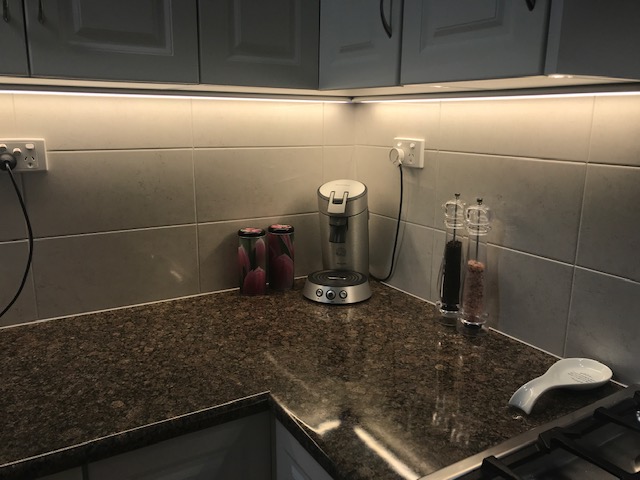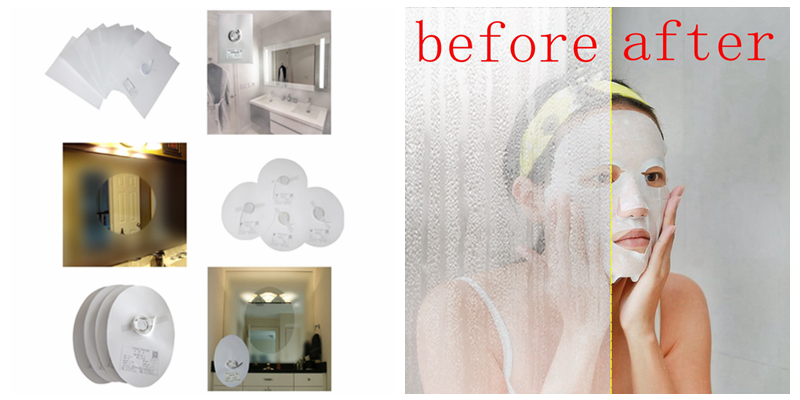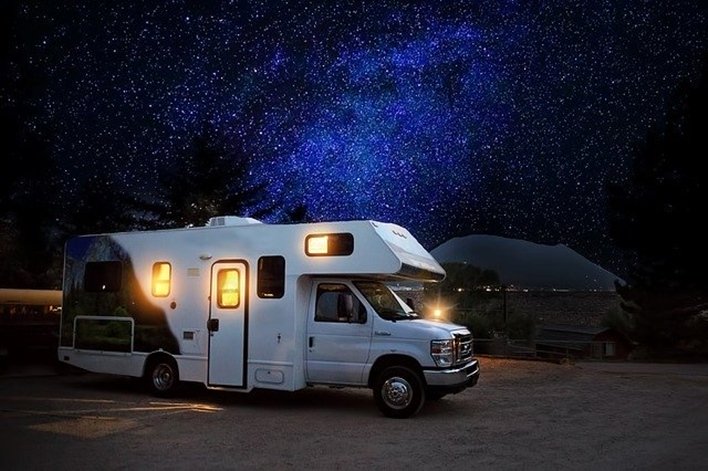There are several types of under cabinet lights available, each offering unique features and benefits. Here are some common types of under cabinet lights:
Puck lights
Puck lights have traditionally been popular options for under cabinet lighting. They are short, cylindrical lights (shaped like a hockey puck) with a diameter of 2-3 inches. Typically they use halogen or xenon bulbs, which provide about 20W worth of light. The puck light fixtures will typically mount onto the underside of cabinets using small screws that are included with the product.

Many xenon and halogen puck lights operate on 120V AC directly, but others operate on 12V and will require a transformer to drop down the voltage. Keep in mind that these transformer devices can be a bit bulky and will require a bit of creativity to place in a hidden location under a cabinet.
Today, LED puck lights dominate the market, and offer comparable performance at a fraction of the energy consumption. LEDs do not operate on AC line voltage, but rather low voltage DC, so they will require a power supply to convert the line voltage. Similar to 12V halogen puck lights, you'll need to figure out a way to keep the power supply hidden in your cabinet somewhere, or deal with a "wall-wart" that plugs directly into the electrical outlet.
But because LED puck lights are so efficient, some can actually be battery operated. This can eliminate the need to run electrical wires, making installation a breeze, and eliminating the sloppy look of loose electrical wires.
Bar and Strip Lights

Bar and strip styles of under cabinet lighting started with fluorescent lamp fixtures designed for under cabinet use. Unlike puck lights that create "hotspots" of light, linear lamps emit light evenly across the length of the lamp, creating a more even and smooth light distribution.
Fluorescent light bar lights typically include the ballast and other drive electronics embedded into the fixture, making the installation and wiring somewhat more straightforward when compared to puck lights. Most fluorescent fixtures for under cabinet use are of the T5 variant, which provide a smaller profile.
One significant downside of fluorescent strip lights for under cabinet use is their mercury content. In the unlikely but still probably event of a lamp breakage, mercury vapor from a fluorescent lamp will require extensive cleanup. In a kitchen environment, toxic chemicals like mercury are definitely a liability.
LED strip and bar lights are now viable alternatives. They are available either as integrated LED light bars or LED strip reels. What's the difference?
Integrated LED light bars are typically rigid "bars" that are 1, 2 or 3 foot in length, and have LEDs mounted inside of it. Oftentimes, they are marketed as "direct wire" - meaning that no additional electronics or transformers are necessary. Simply plug the fixture's wires into an electrical outlet and you're good to go.
Some LED light bars also allow for daisy chaining, meaning multiple light bars can be linked together consecutive. This also makes installation easy, since you don't have to run separate wires for each fixture.
What about LED strip reels? Typically, these products are more suited for those comfortable with low voltage electronics, but nowadays a complete line of accessories and solutions has made them much easier to work with.
They come in 16 foot reels, and are flexible, which means they can be installed on non-flat surfaces and make turns around corners. They can be cut to length and, and simply mounted onto the underside of virtually any surface.
Especially when lighting a large area, LED strip lights can be a much more cost effective solution. Even if you're not comfortable with electronics, it may be worth having a contractor come in and give you an estimate, as the final cost may not be so different from LED light bars, and the final lighting effect is very pleasing!
-
 How to Install Heat Pad on Mirror?
How to Install Heat Pad on Mirror?Do you like ?0
Read more -
 Why LED Lights are Perfect for RVs & Boats?
Why LED Lights are Perfect for RVs & Boats?Do you like ?0
Read more -
 How Good Anti-fog Film for Mirror!
How Good Anti-fog Film for Mirror!Do you like ?0
Read more -
 How do you choose which lights to buy for your RV’s interior?
How do you choose which lights to buy for your RV’s interior?Do you like ?0
Read more -
 What Are the Most Common Interior Lights Used by RV Manufacturers?
What Are the Most Common Interior Lights Used by RV Manufacturers?Do you like ?0
Read more -
 Do You Know The Great Uses for Puck Lights?
Do You Know The Great Uses for Puck Lights?Do you like ?0
Read more






